French interior design thrives on captivating contrasts—grand architectural bones paired with lived-in warmth, refined antiques alongside playful modern accents, and a palette that slips effortlessly from creamy neutrals to sun-washed pastels. Drawing on centuries of craftsmanship yet forever evolving, the style’s signatures—lofty Haussmann moldings, time-worn parquet, gilt mirrors, billowy linens, rustic beams, and the scent of Provençal lavender—offer a toolkit for rooms that feel collected rather than decorated. Below, you’ll find twenty focused ideas, each delivering practical takeaways you can blend into your own space while preserving that elusive je-ne-sais-quoi française.
1. Haussmann Crown Molding Elevates French Interior Design

A soaring ceiling framed by ornate Haussmann-style crown molding instantly telegraphs classic French interior design sophistication. Those deep plaster profiles cast rhythmic shadows that make even modest rooms feel brighter and taller, while subtly echoing Paris’s 19th-century architecture. To recreate the effect, first measure cornice depth so proportions feel intentional rather than oversized. Lightweight polyurethane or plaster-covered foam reproductions paint up flawlessly and install with everyday miter cuts. Consider carrying a thin picture rail beneath the molding; it not only grounds artwork at eye level but also protects fragile walls during seasonal rotations. For contemporary balance, keep wall colors quiet—think chalky white or pale putty—so the molding holds the spotlight without overwhelming the scheme. Finally, dimmable uplights tucked in the junction wash the ceiling with drama, proving that old-world detail can partner beautifully with modern tech.
2. Herringbone Parquet Adds Graphic Warmth
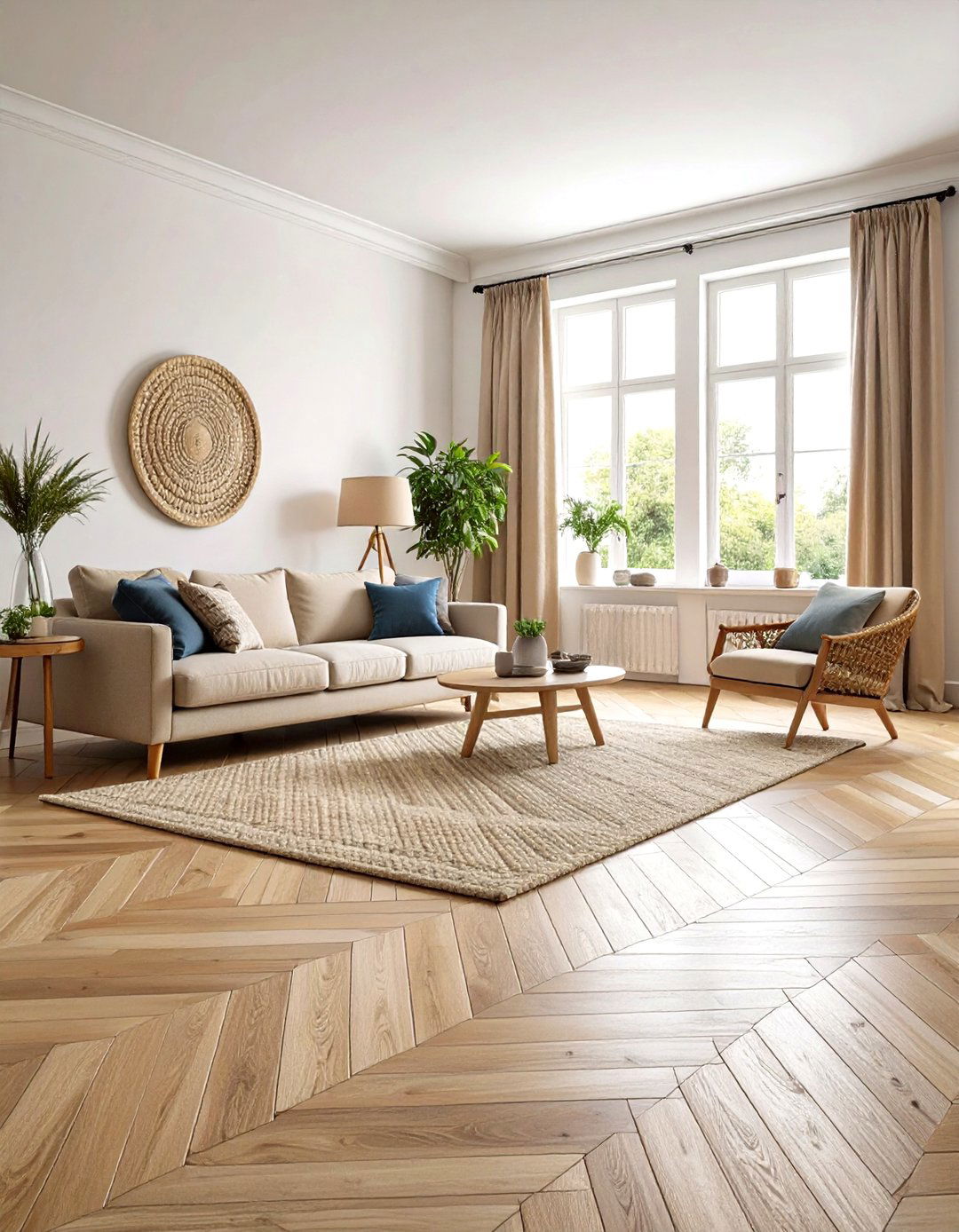
Unlike straightforward planks, classic herringbone parquet flooring introduces subtle movement that guides the eye through a French interior design scheme. Choose unfinished oak blocks if budget allows; a light hand with neutral oil lets grain sing while staying apartment-friendly. When matching existing boards proves impossible, opt for engineered parquet—the thinner profile fits atop concrete subfloors with minimal height change. Keep rugs loosely layered so the zigzag motif peeks out around seating but never feels precious. If original floors lie beneath layers of paint, sanding followed by a natural wax finish revives their honeyed patina. Even small entries gain stature from the pattern; laying boards at 45° toward a focal doorway stretches perceived length, enhancing flow between rooms.
3. An Ornate Marble Fireplace as Focal Point
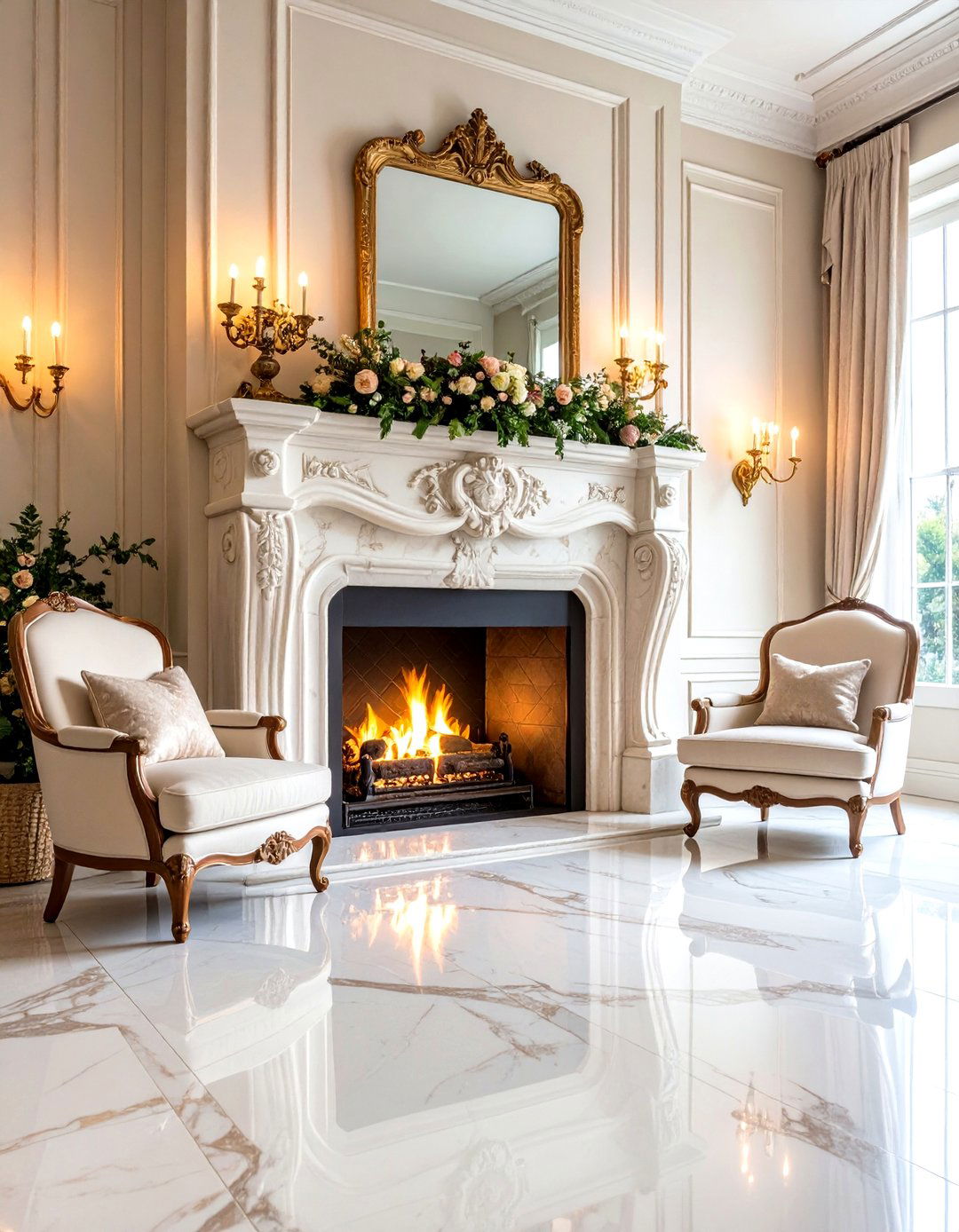
Certainly, few statements rival an intricately veined marble mantel anchoring French interior design. The cool stone contrasts beautifully with flickering flames, making summer styling as important as winter fires. Detailing matters: look for serpentine jambs, scrollwork, or shell cartouches, then echo their curves in nearby armchairs. If authentic marble is out of reach, cast-stone surrounds tinted in soft travertine hues capture a similar luxury minus the weight. Style the hearth seasonally—stack white pillar candles when temperatures climb, or lean an oversized mirror across the opening for depth. Crucially, maintain firebox soot: a quick scrub with pumice preserves both safety and elegance.
4. Gilded Trumeau Mirrors for Height and Light
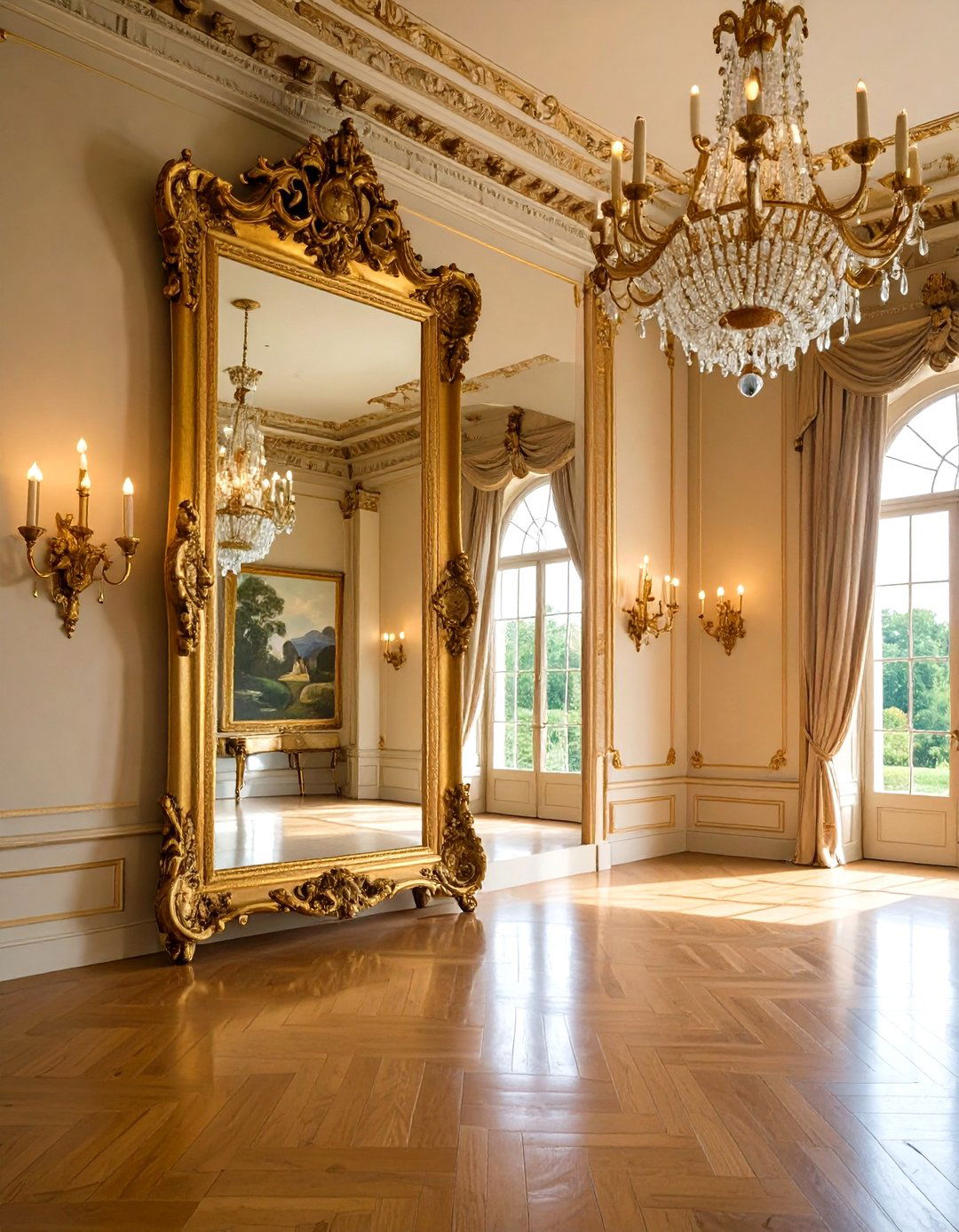
To wrap things up overhead, a tall trumeau mirror framed in distressed gilt lifts ceilings visually while bouncing light deep into narrow rooms—a hallmark of French interior design. Hang the piece so its base rests just above the mantel or console, aligning carved cresting with door architraves for architectural continuity. Patina makes perfection: age-softened gold leaf feels calmer than high-polish brass. Layer a petite landscape painting within the mirror’s upper panel to fuse art and reflection, then flank with slim sconces for evening glow. The resulting tableau creates a ceremonial axis that organizes surrounding furniture effortlessly.
5. Louis XVI Bergère Chairs Offer Sculptural Ease
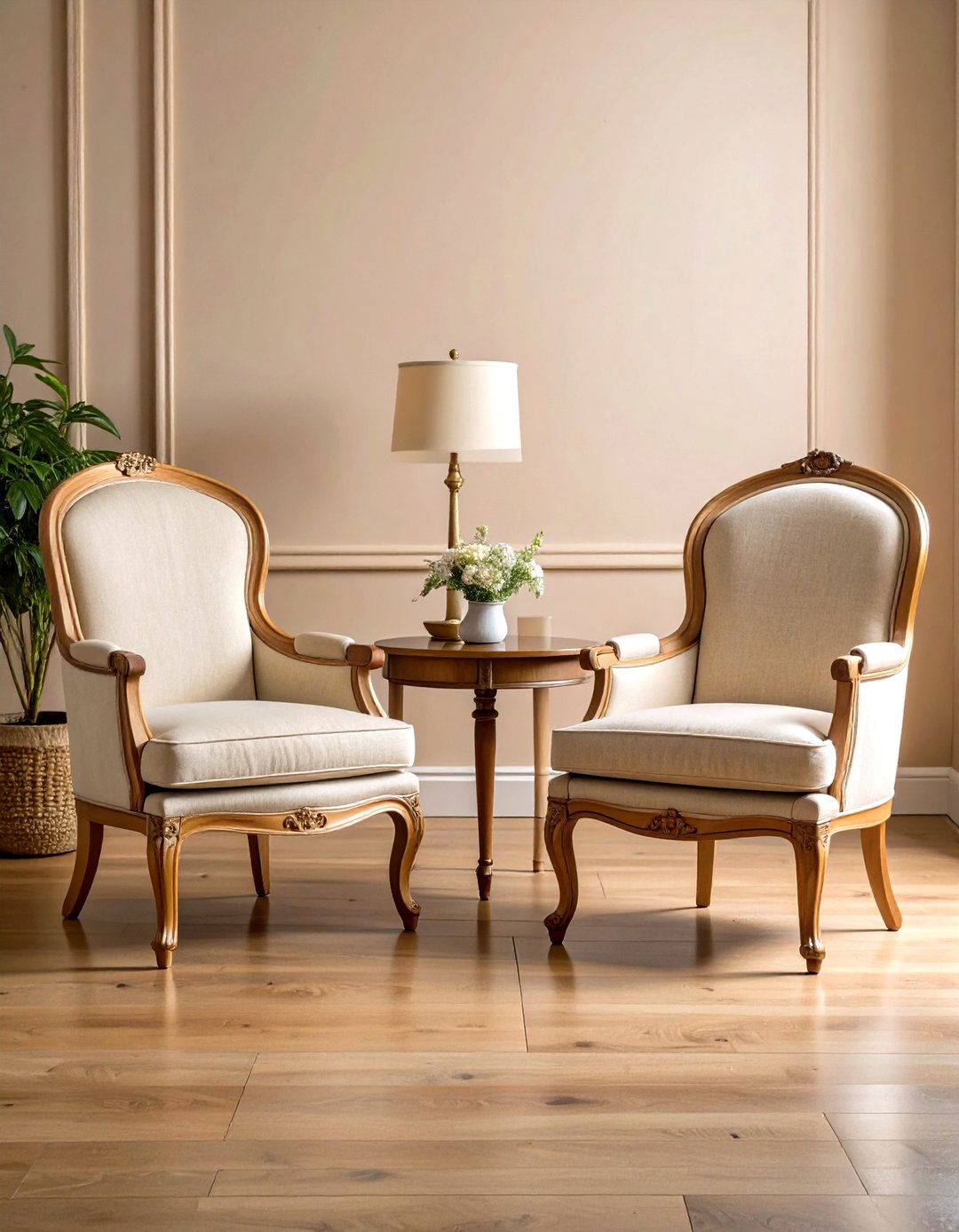
One look at a Louis XVI bergère and you grasp why French interior design favors these elegantly squared frames. Straight fluted legs provide quiet geometry, while down-filled upholstery invites lingering conversation. Recover vintage finds in neutral Belgian linen or ticking stripe so the silhouette—not the fabric—draws focus. Placement matters: angle a pair toward each other beside a low cocktail table to encourage tête-à-tête rather than television viewing. For durability, add double welt along seat seams and a zipper beneath cushions to allow professional cleaning. The chairs’ petite scale also suits bedrooms, where they serve as refined dressing perches without overcrowding floor space.
6. Toile de Jouy Prints Evoke Bucolic Charm
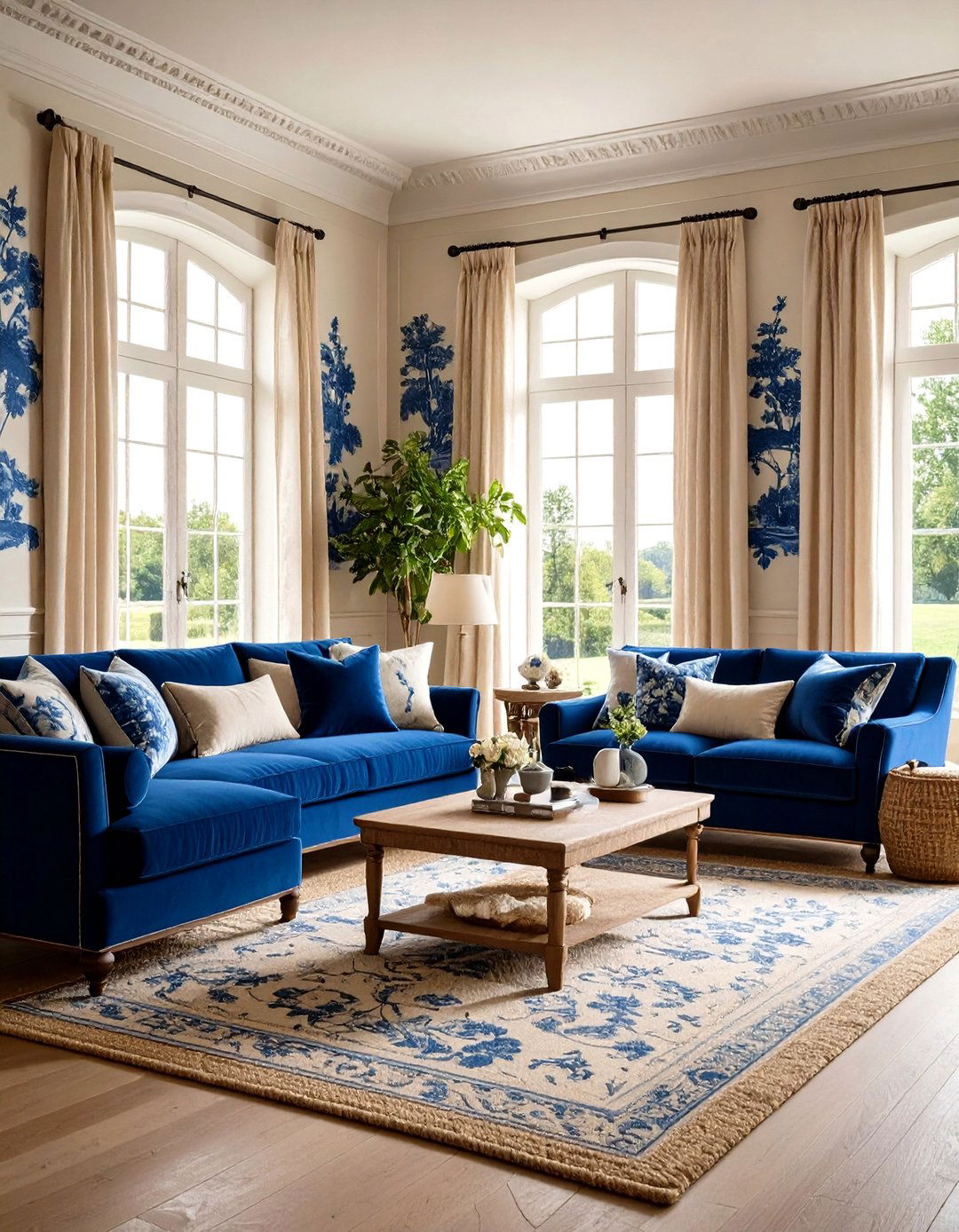
Looking for instant storybook romance? Toile de Jouy cottons, etched with pastoral vignettes, wrap walls or drape windows in quintessential French interior design poetry. Stick to a single monochrome palette—indigo on cream or sepia on ivory—so intricate scenes read cohesive rather than chaotic. When covering all four walls feels bold, line just a headboard niche or powder-room ceiling for an intimate surprise. Complement the print with basketweave sisal rugs and plain velvet cushions, allowing toile to narrate unchallenged. Modernists can deconstruct scale: oversized motifs printed on linen blend tradition with graphic edge, proving toile’s adaptability across centuries.
7. Soft-Washed Linens Set an Effortless Mood
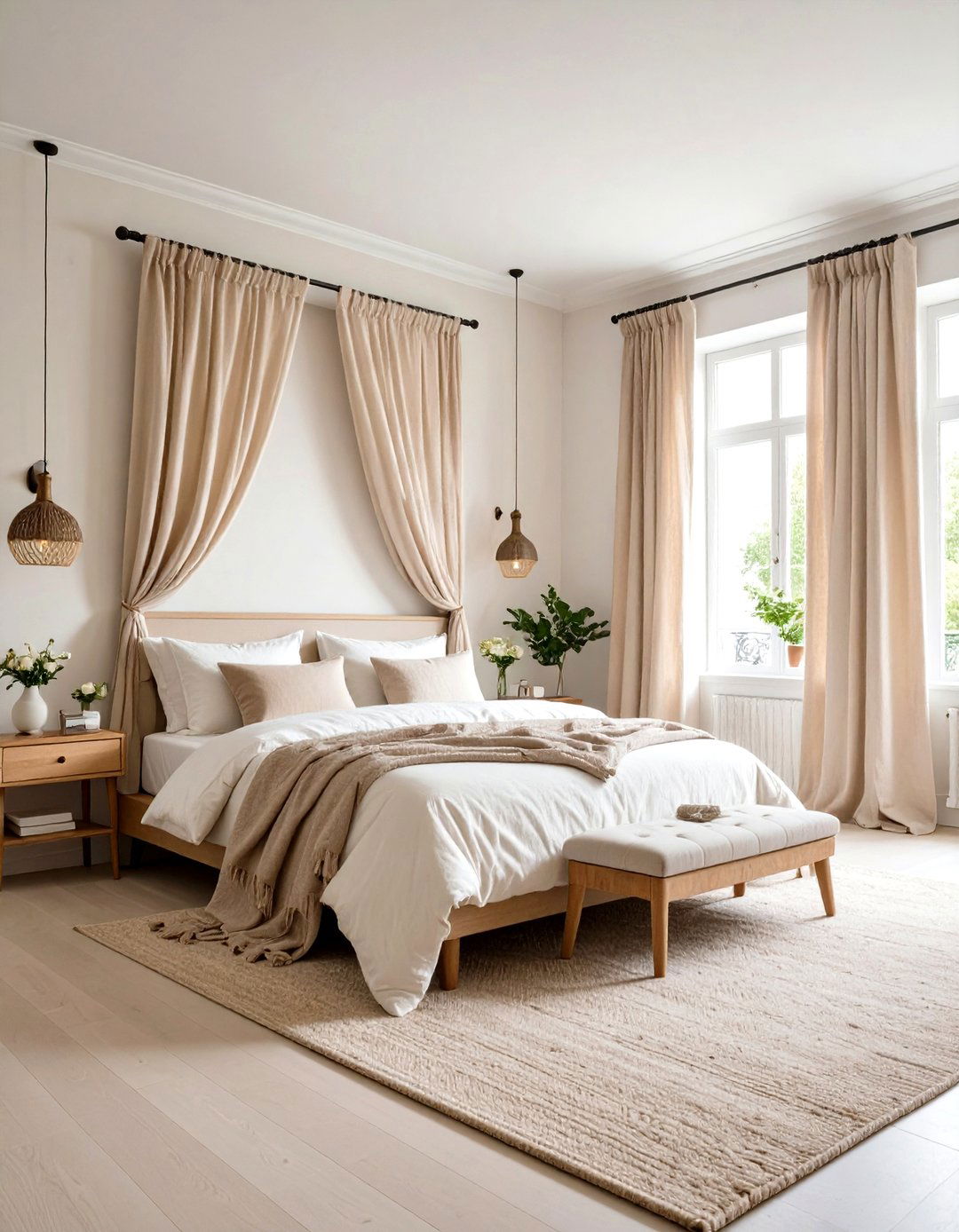
By morning light, there’s nothing crisper than washed French linen cascading from draped windows or layered across a bed. The subtle slub catches shadow, creating depth even in all-neutral schemes. To replicate Parisian minimalism, combine warm whites, oat, and pale mushroom for a tonal envelope that flatters art and antiques alike. Regular laundering further relaxes fibers; skip heavy ironing and embrace natural creases for carefree luxury. Upholster sofa slipcovers in heavyweight linen with Velcro-fastened skirts—easy removal encourages seasonal washing and sun-drying, a trick that naturally brightens fabric without harsh bleach. Finish with tone-on-tone piping to steady edges.
8. Exposed Beams Speak to Rustic French Country Roots
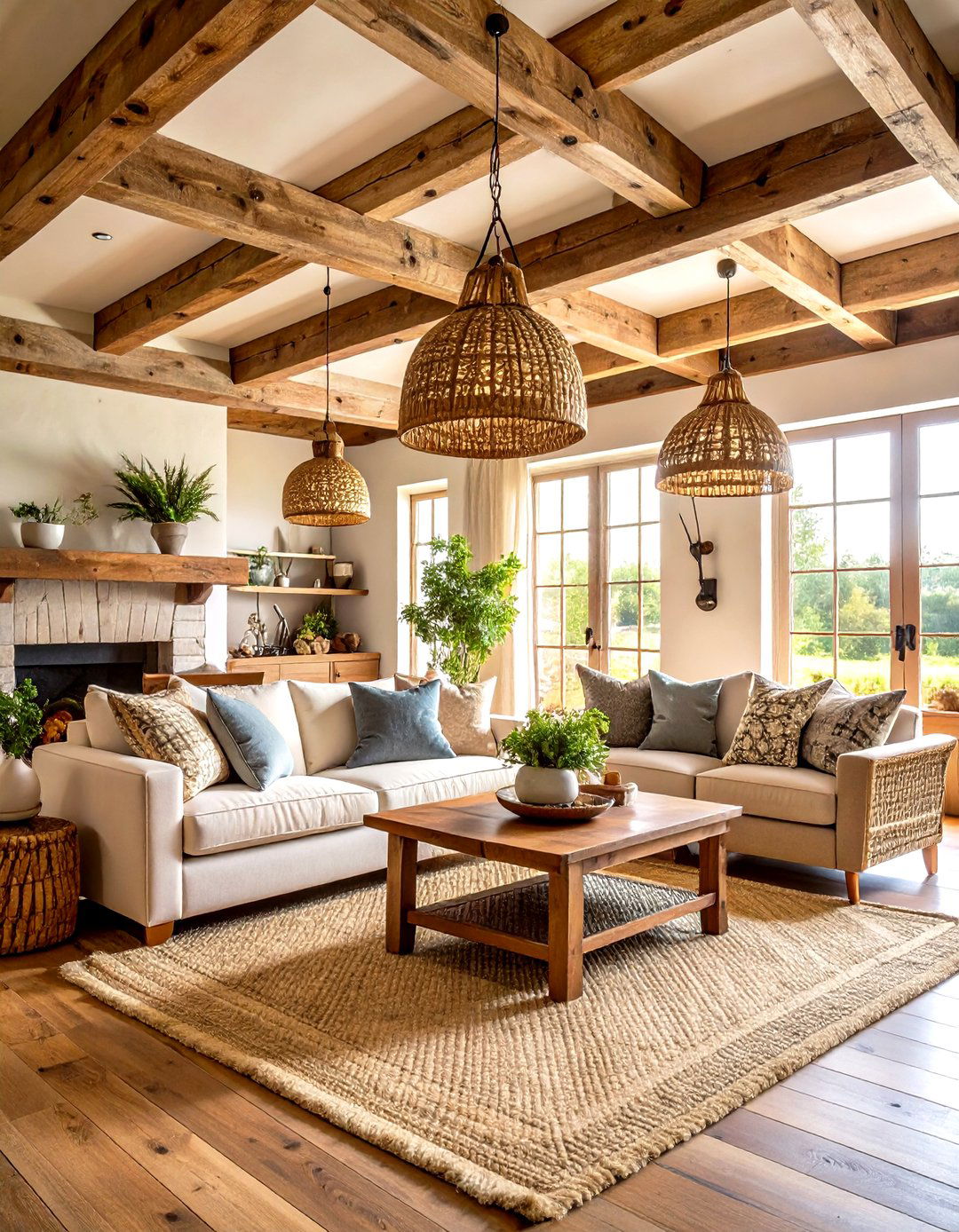
Despite its urban glamour, French interior design proudly celebrates the countryside through rugged timber beams. Sandblasting removes dark varnish, revealing blonde grain that pairs gracefully with limestone or lime-washed walls. Where original beams run low, painting them chalk white elevates height while preserving texture. Suspended rattan pendants fit snugly between joists, spotlighting their age-softened contours. Furniture should feel similarly grounded: rough-hewn farmhouse tables, rush-seat chairs, and earthenware crocks echo the beams’ honest character. In open-plan rooms, a change from polished parquet to terracotta beneath beams subtly zones a convivial dining nook.
9. Terracotta and Limestone Underfoot Ground the Palette

For centuries, Provençal mas farmhouses have relied on cool limestone and warm terracotta tiles to temper scorching summers—an elemental move that still defines French interior design today. Combine square cream slabs with dark cabochon diamonds for a château-inspired checkerboard, or lay handmade hexagonal tomette tiles in a river of sunset tones for cottage coziness. Seal with breathable waxes so subtle color variation deepens over time. Because stone floors reflect less glare than glossy ceramics, they complement soft ambient lighting and aged timber perfectly. Layer flat-weave rugs where barefoot comfort matters yet let generous borders of tile remain visible—they’re meant to be admired.
10. Bistro Chairs Bring Café Culture Indoors

Take the flavor of a Paris sidewalk home by tucking iconic rattan-framed bistro chairs around breakfast tables. Hand-woven resin stripes stand up to spills, while slender profiles keep traffic flowing in tight kitchens. Pair two patterned seats with a marble-topped bistro table for instant morning ambience, or mix colors to animate neutral cabinetry. Weather permitting, move the chairs outside; their bamboo-look frames patinate gracefully under sun and drizzle alike. Add a simple sconce above to mimic terrace lanterns and you’ll linger over croissants long past dawn.
11. Wrought-Iron Details Add Graceful Lines

Surprisingly, slim wrought-iron balustrades, Juliet balconies, and accent tables inject linear finesse without heaviness—an under-sung weapon in French interior design. Matte-black scrollwork reads both historic and contemporary, depending on context. Indoors, swap bulky wooden stair spindles for filigreed metal panels to free sightlines between floors. In living rooms, a demure iron guéridon topped with breccia marble can replace bulky side tables, lightening visual weight. Maintain metal yearly with microcrystalline wax to prevent rust, allowing elegant silhouettes to endure like Paris’s balcony railings.
12. Crystal Chandeliers Crown the Scene
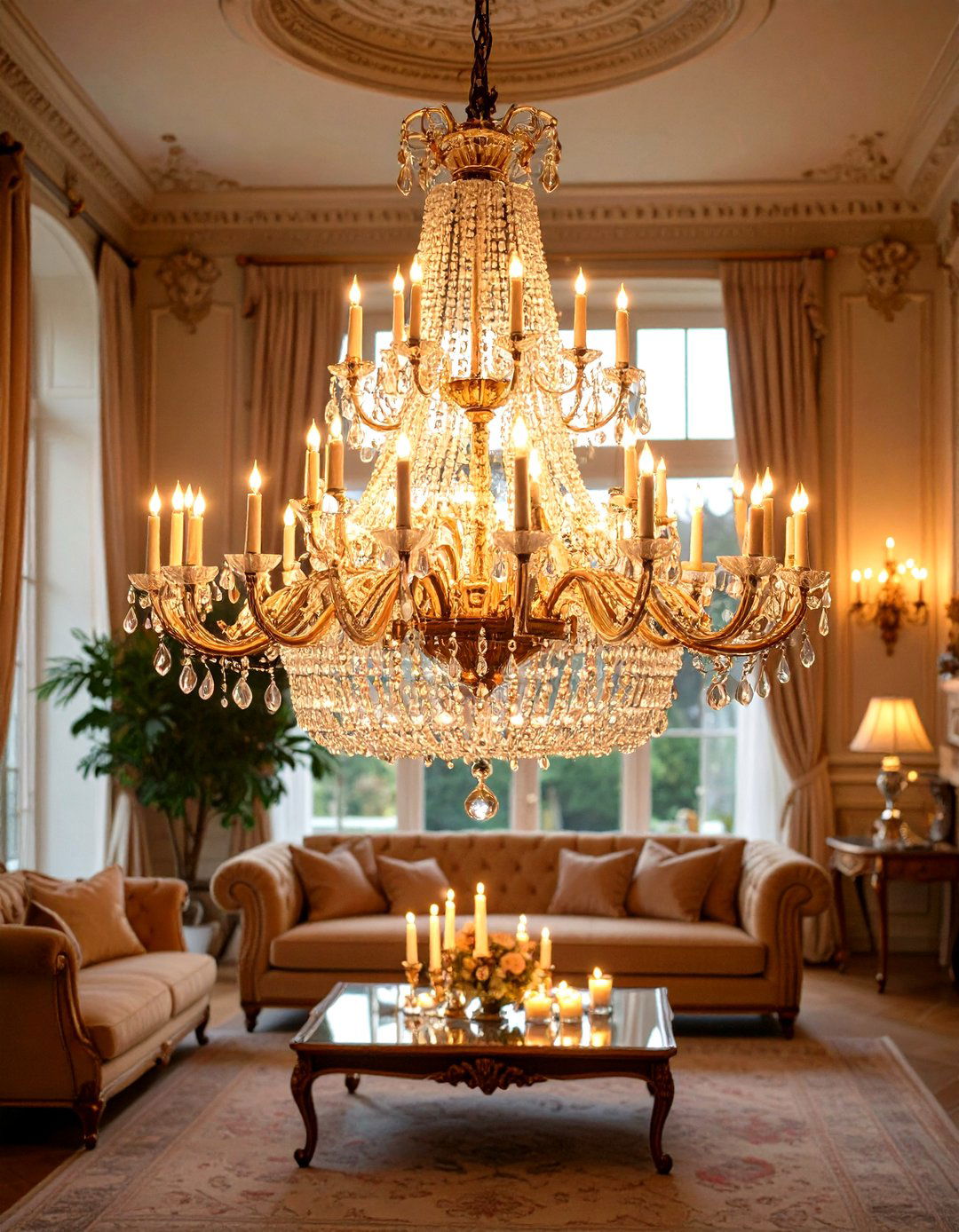
Certainly, nothing says “grand salon” like a tiered crystal chandelier refracting candlelight across plaster medallions. Scale dictates impact: aim for a diameter roughly half the table width, hung so the lowest drop clears diners’ sightlines by 75 cm. Replace harsh LEDs with dim-to-warm bulbs, letting facets glow amber during dinners. When ceilings are low, consider a flush-mount basket chandelier—still opulent, yet space-saving. Cleaning is simpler than feared: slip pillowcases over each arm during dusting, then mist diluted isopropyl for streak-free sparkle.
13. Mixing Vintage and Modern Keeps Rooms Lively
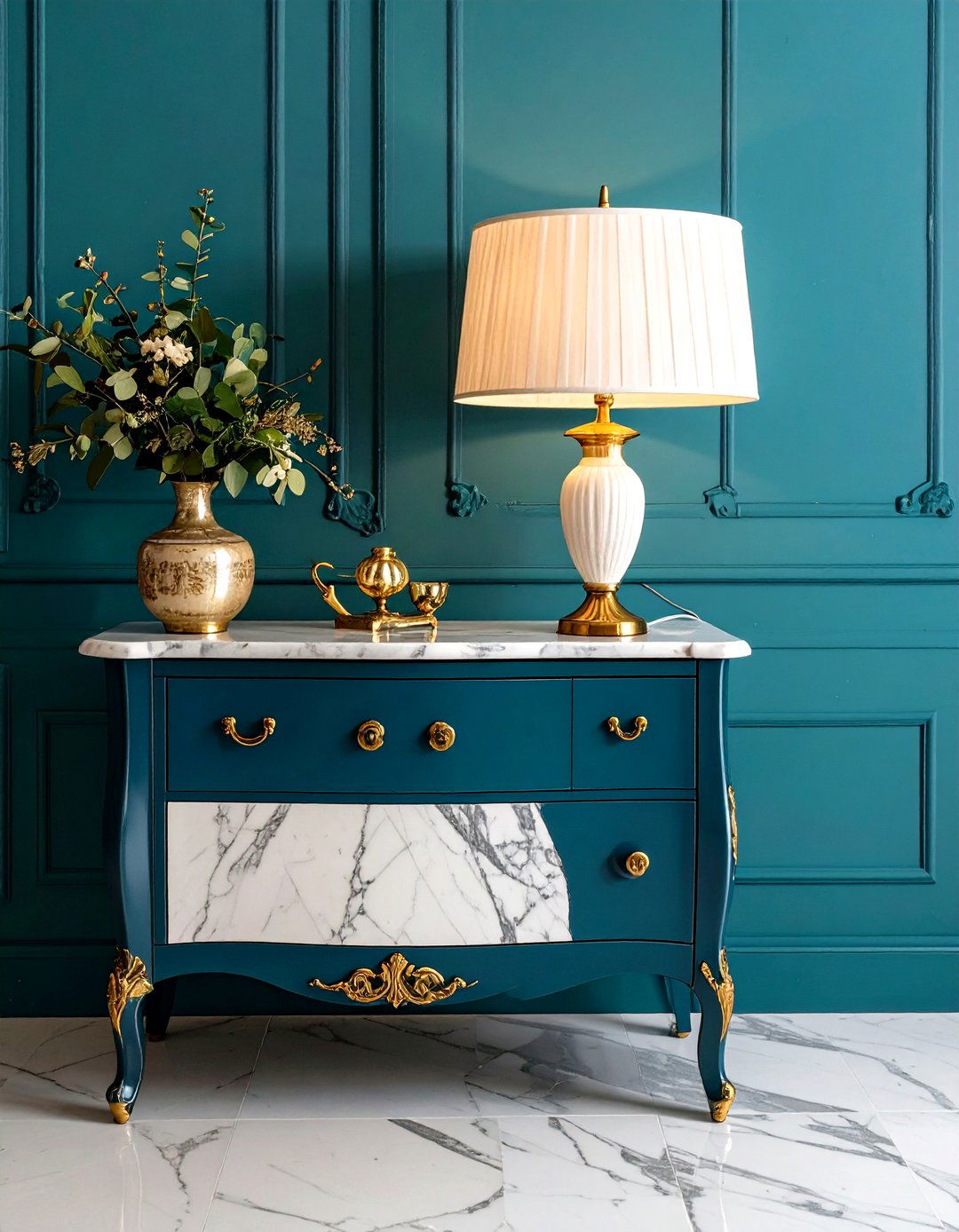
By layering sleek metal consoles beside patinaed commodes, French interior design sidesteps museum formality. Start with one hero antique—perhaps a marble-topped Louis-Philippe chest—and counterbalance with contemporary art or a cantilevered lamp. Keep shared elements (finish, color temperature) consistent so contrasts feel intentional. Rotating accessories seasonally—terra-cotta vases one month, graphic ceramics the next—maintains freshness without major expense. Bonus: a hybrid look prevents styling paralysis, granting freedom to collect over time rather than all at once.
14. Statement Art Enlarges Compact Parisian Plans
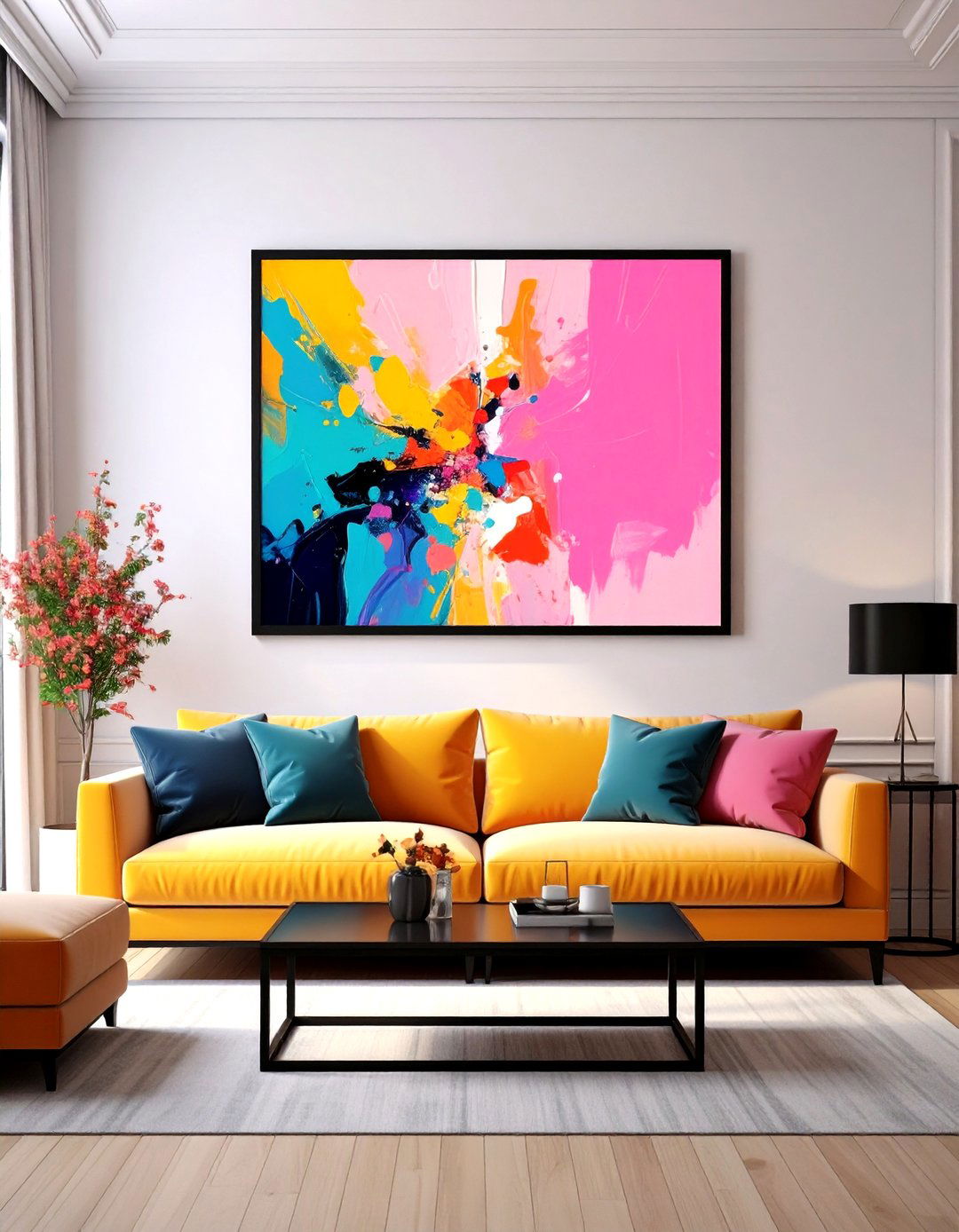
Another trick Paris decorators swear by is oversizing artwork relative to room dimensions. A bold canvas spanning two-thirds of a sofa’s width draws the eye outward, effectively expanding small footprints. For cohesion, echo one paint hue in cushions or a throw; the dialogue unifies disparate pieces. Floating frames in slim black or gilded wood suit both modernist and classical scenes, bridging eras gracefully. Remember proper height: center art roughly 145 cm above finished floor so conversations remain at human scale.
15. Pastel Walls Soften Daylight
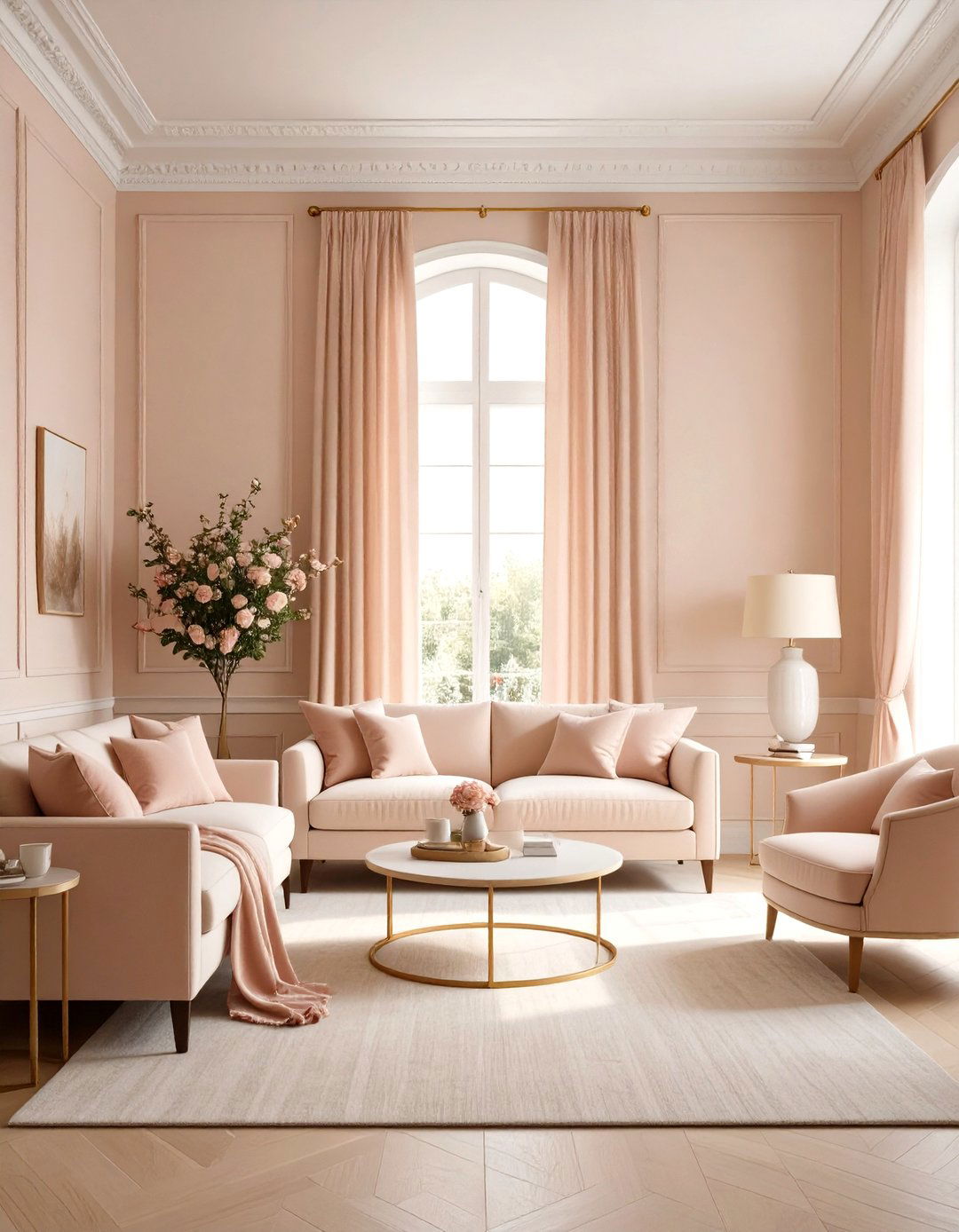
With south-facing light bouncing off Parisian limestone façades, muted pastel walls filter glare while preserving serenity—a subtle hallmark of French interior design. Try mineral-based paints in calcaire beige, dusty rose, or barely-there pistachio; their chalky texture absorbs reflections better than vinyl sheens. Pair with ivory trim to emphasize architecture, then layer monochrome fabrics for depth. If commitment feels daunting, paint only wall panels or inside built-in shelves, letting neutral surrounds temper sweetness. Soft hues double as gentle backdrops for gilded frames and greenery, making collections pop without visual noise.
16. Antique Brass and Gold Hardware as Jewelry

Bringing understated glamour, brushed-gold pulls and gallery rails act as jewelry for cabinetry within French interior design-led kitchens and baths. Opt for warm unlacquered finishes that develop a deepening patina—micro-scratches amplify character rather than ruin it. For continuity, repeat the tone in picture frames or lamp bases across adjoining rooms. Installing hardware with hidden screws yields a tailored look, while contrasting backplates protect painted doors from fingernail marks. A quick monthly rub with lemon oil revives luster without stripping developing age.
17. Arched French Doors Blur Indoors and Out

Unlike square openings, graceful arched French doors lend an instant château ambience and steal extra daylight. Fit low-profile multipoint locks so slender sightlines remain uninterrupted, and choose slim muntins replicating traditional steel profiles if budgets allow. Paint frames the same tone as surrounding walls for a seamless effect, or highlight the curve with a gentle contrasting hue. Beyond aesthetics, twin doors encourage cross-breezes, minimizing reliance on mechanical cooling—a nod to sustainable living wrapped in romance.
18. Cane and Rattan Accents Lighten Heavy Rooms

Owing to their braided texture and airy weave, cane and rattan pieces keep French interior design feeling relaxed rather than rigid. Slip a caned console beneath a gilt mirror or select rattan bedside tables to temper carved headboards. The honey-toned pattern introduces subtle geometry that complements herringbone floors without repeating them exactly. Because rattan accepts paint poorly, celebrate its natural hue and protect with matte water-based varnish. Swap heavy winter ottomans for caned stools come spring; suddenly the same room breathes easier.
19. Decorative Ceiling Medallions Frame Light Fixtures
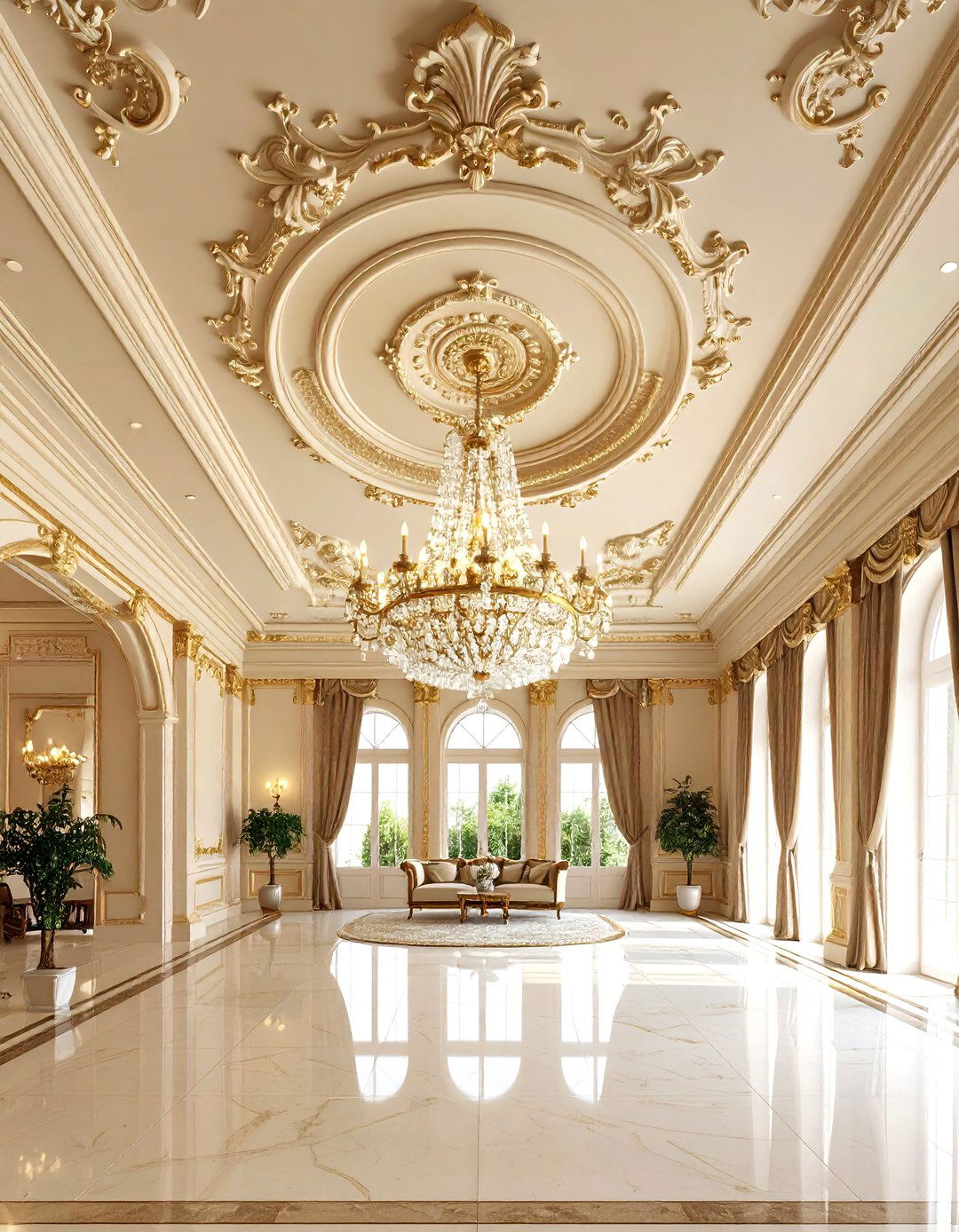
What chandelier is complete without a plaster rosette? These ornamented discs center fixtures and disguise wiring plates while adding sculptural flourish—a quiet staple of French interior design. Choose diameters one-third to half the fixture width for balanced framing, and pick motifs (acanthus, rope, laurel) that echo cornice themes. Lightweight polyurethane models adhere with construction adhesive; mud seams lightly, then paint ceiling and medallion as one to emphasize relief through shadow rather than color contrast. When modern pendants hang instead of chandeliers, a plain round medallion still grounds the composition and pays homage to heritage.
20. Lavender Bouquets Infuse Subtle Provençal Aroma
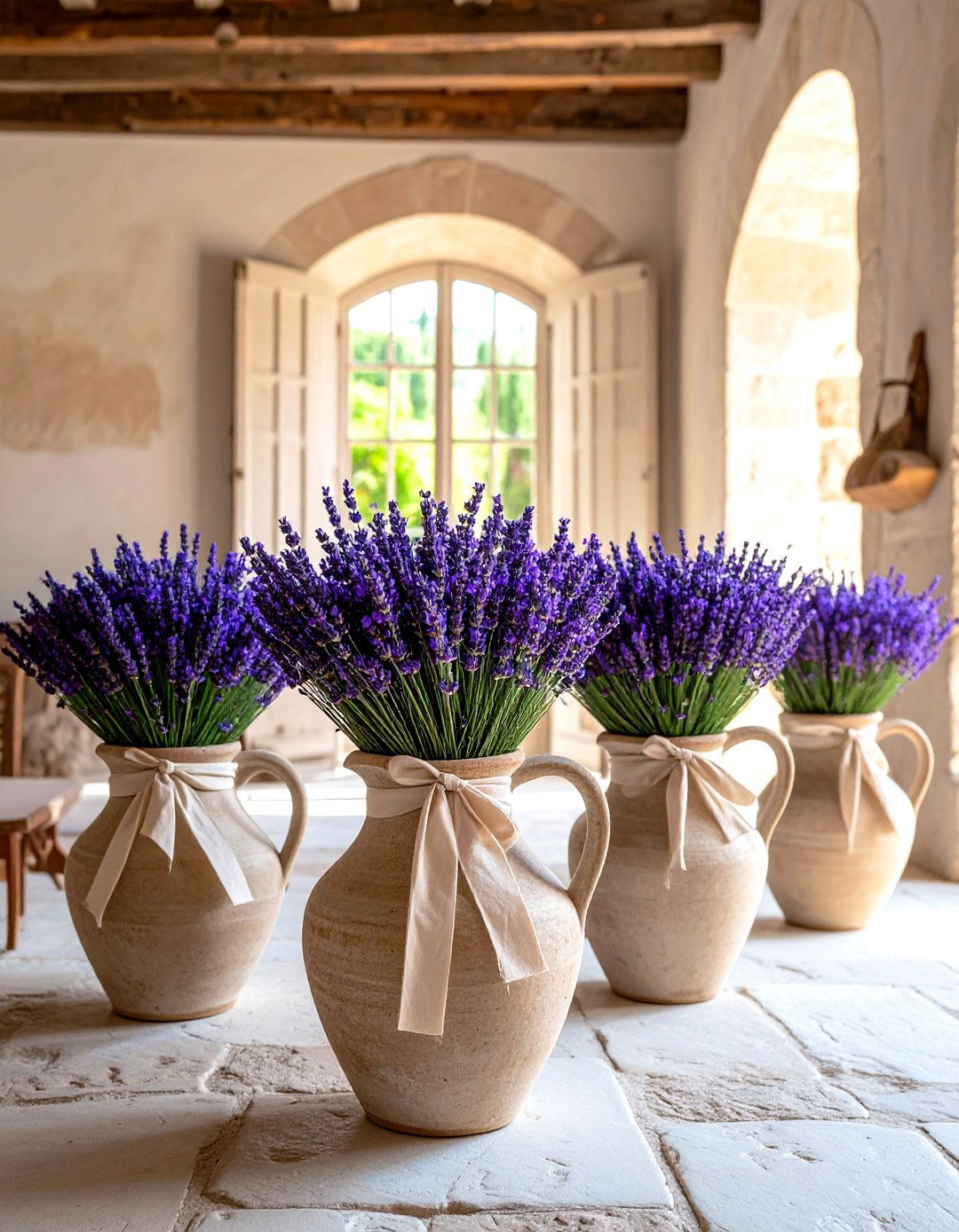
Finally, scent completes the sensory palette. Dried lavender sheaves tied in linen ribbon deliver a gentle fragrance that instantly transports interiors to the fields of Provence, reinforcing French interior design’s connection to nature. Tuck small bundles inside linen closets or display generous bunches in stoneware pitchers on entry consoles. Replace bouquets every six months; spent stems go into sachets slipped between wardrobe shelves to deter moths. For a cleaner aesthetic, fill low bowls with lavender buds and pale river stones—texture meets aroma without adding vertical clutter. The ritual is simple, affordable, and undeniably French.
Conclusion:
Timeless yet adaptable, French interior design hinges on thoughtful juxtapositions—architectural grandeur beside unfussy textiles, heirloom antiques dancing with modern art, and sensory touches that engage sight, touch, and even smell. By layering just a few elements from the twenty ideas above—be it a trumeau mirror’s glint, a linen-draped chair, or terracotta tiles warmed by morning light—you can craft rooms that feel collected over decades and glow with that elusive Parisian ease.


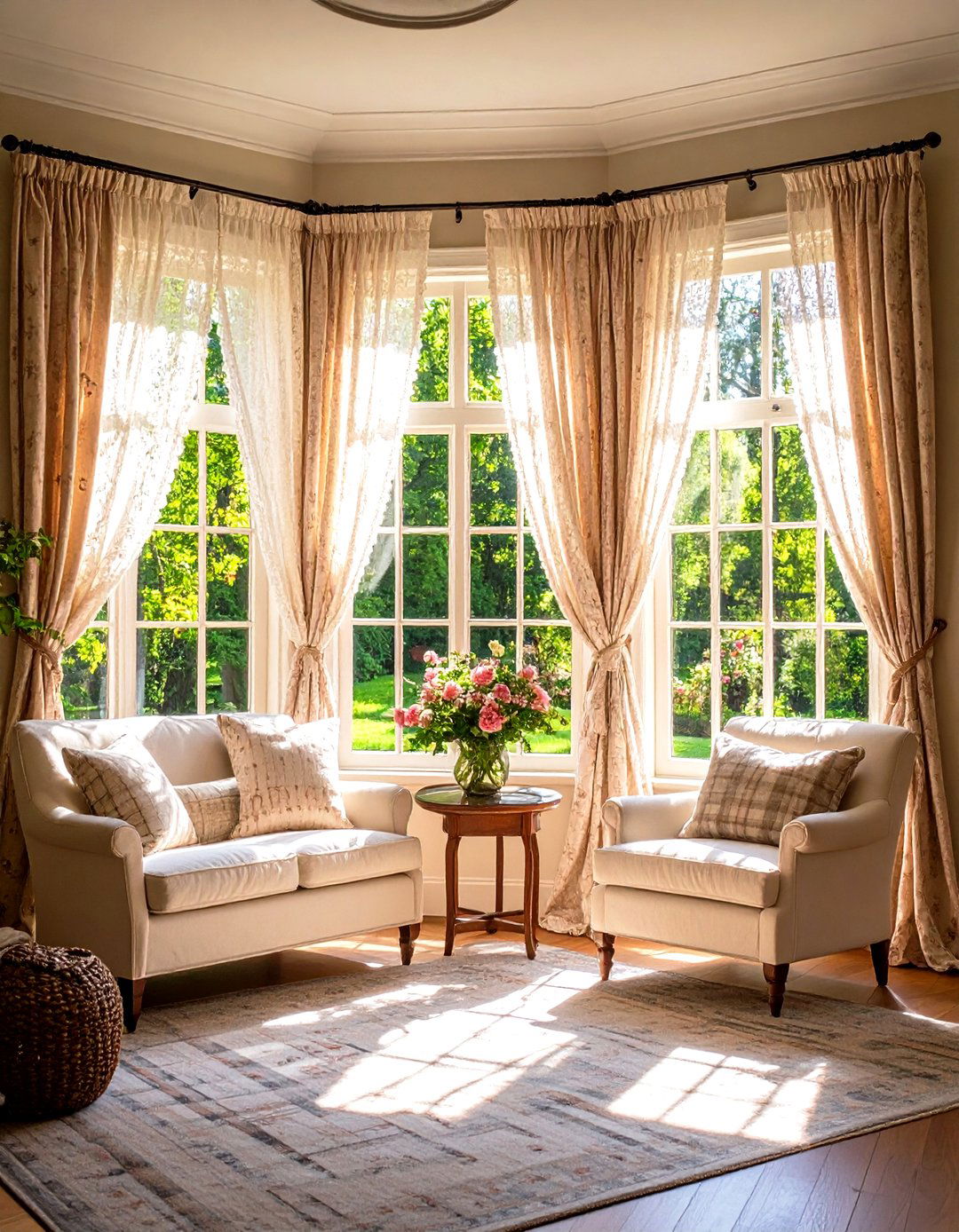
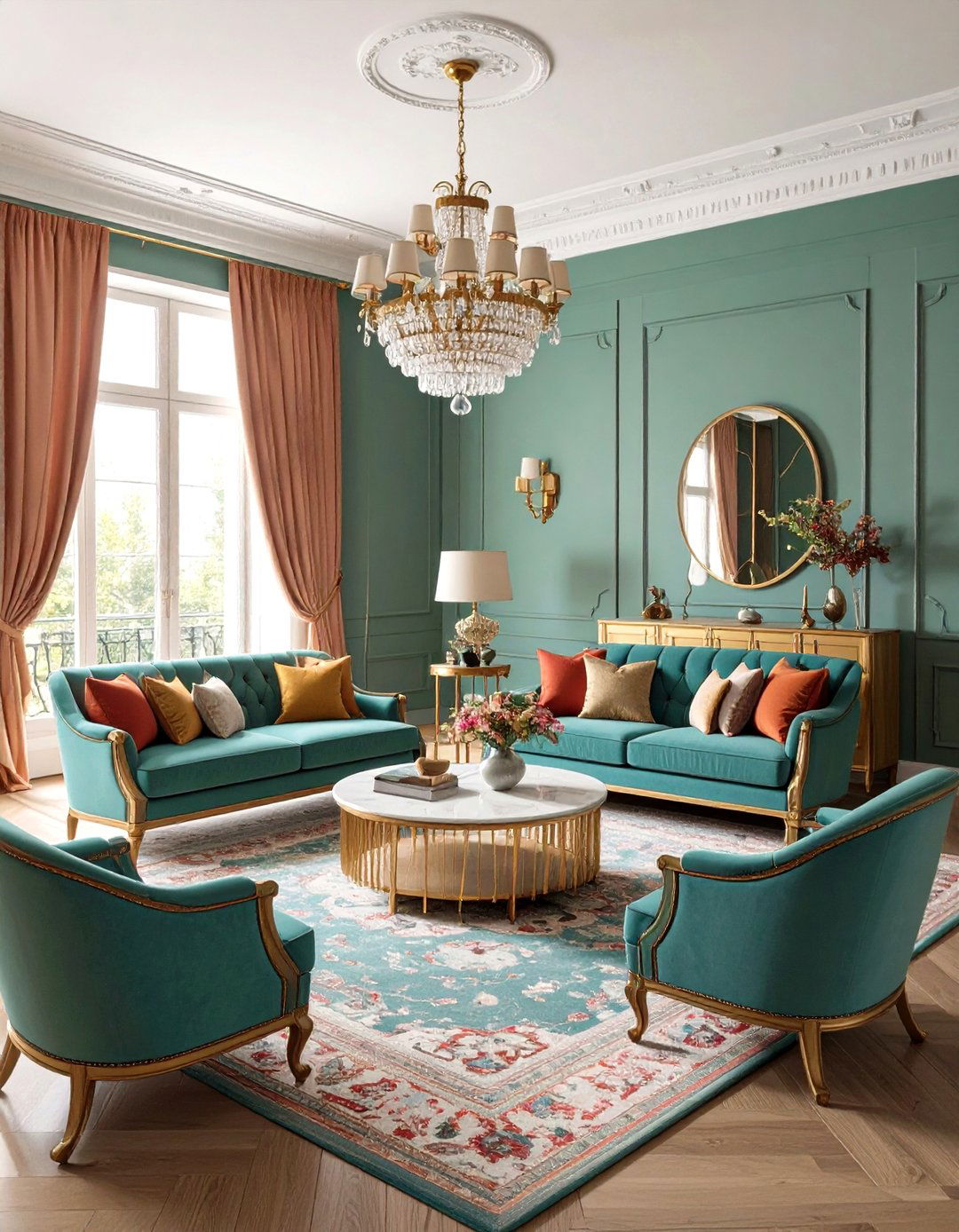
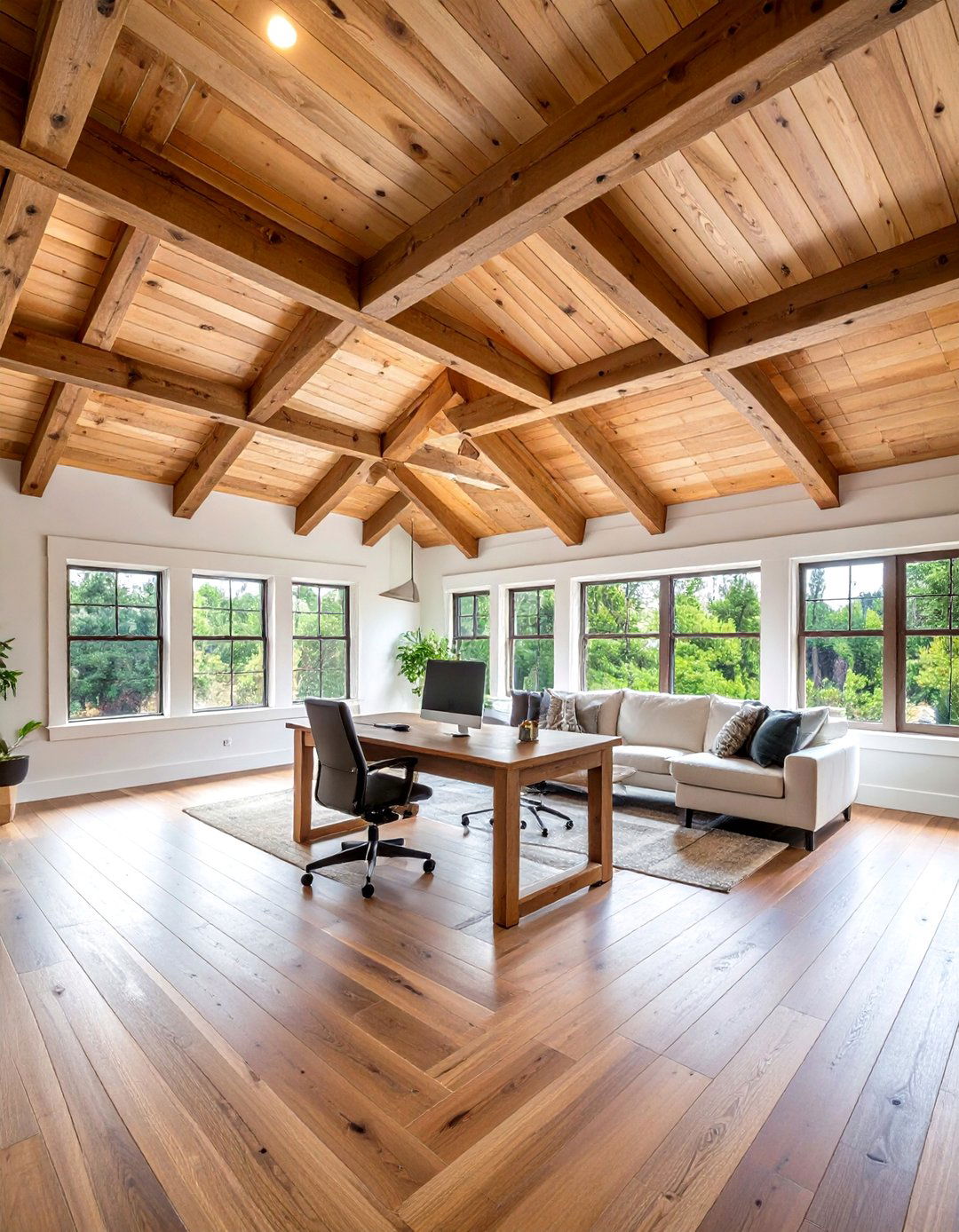
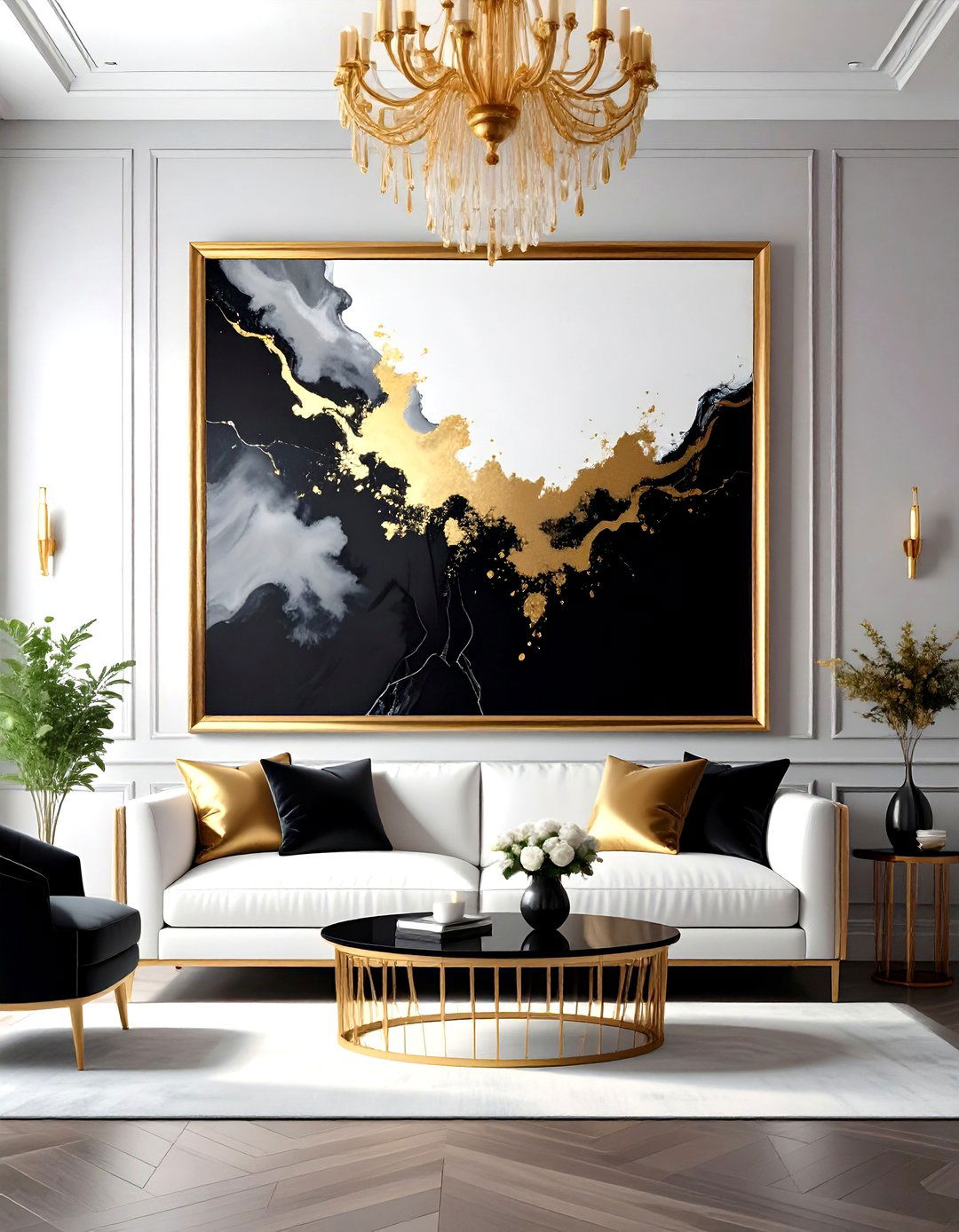

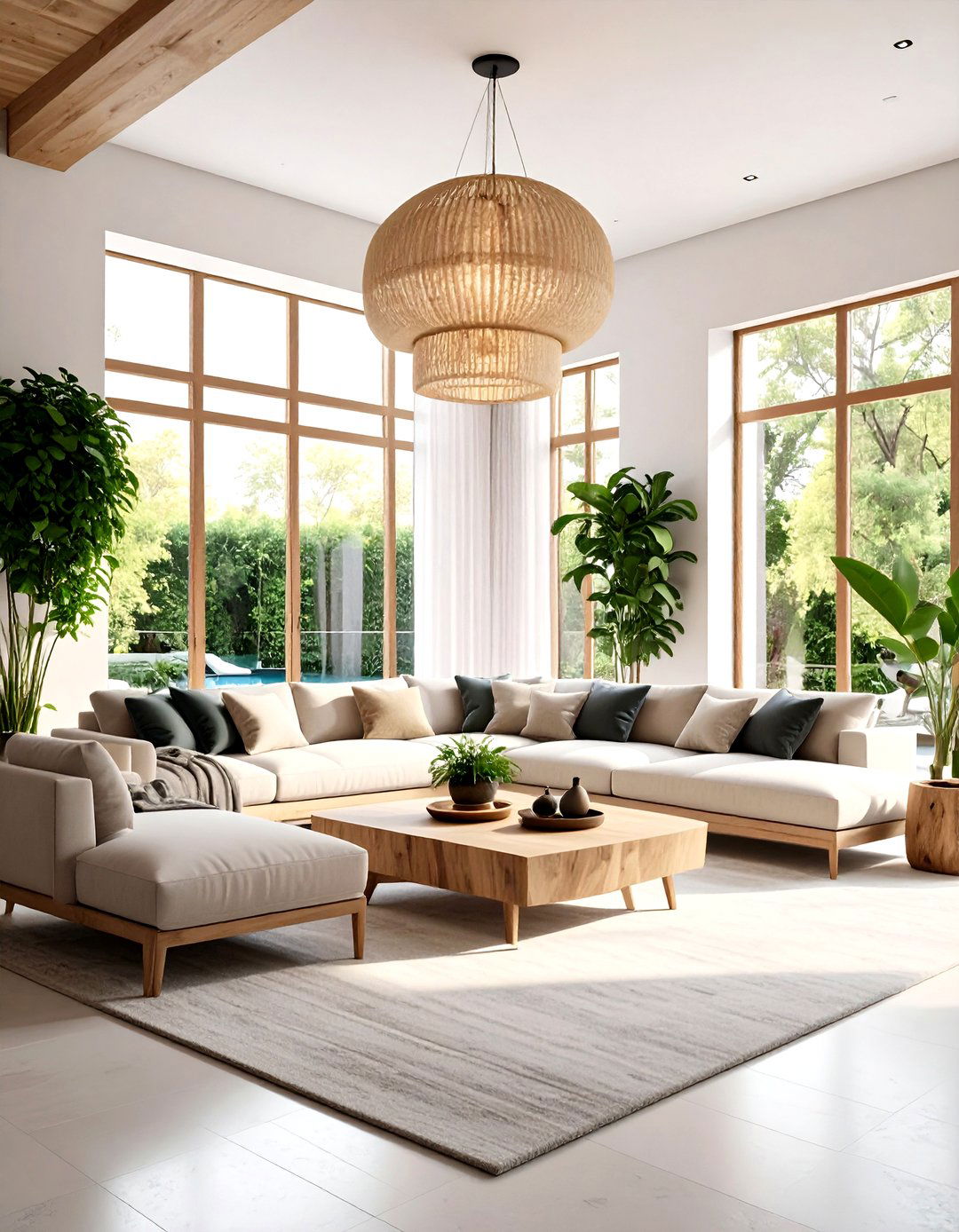
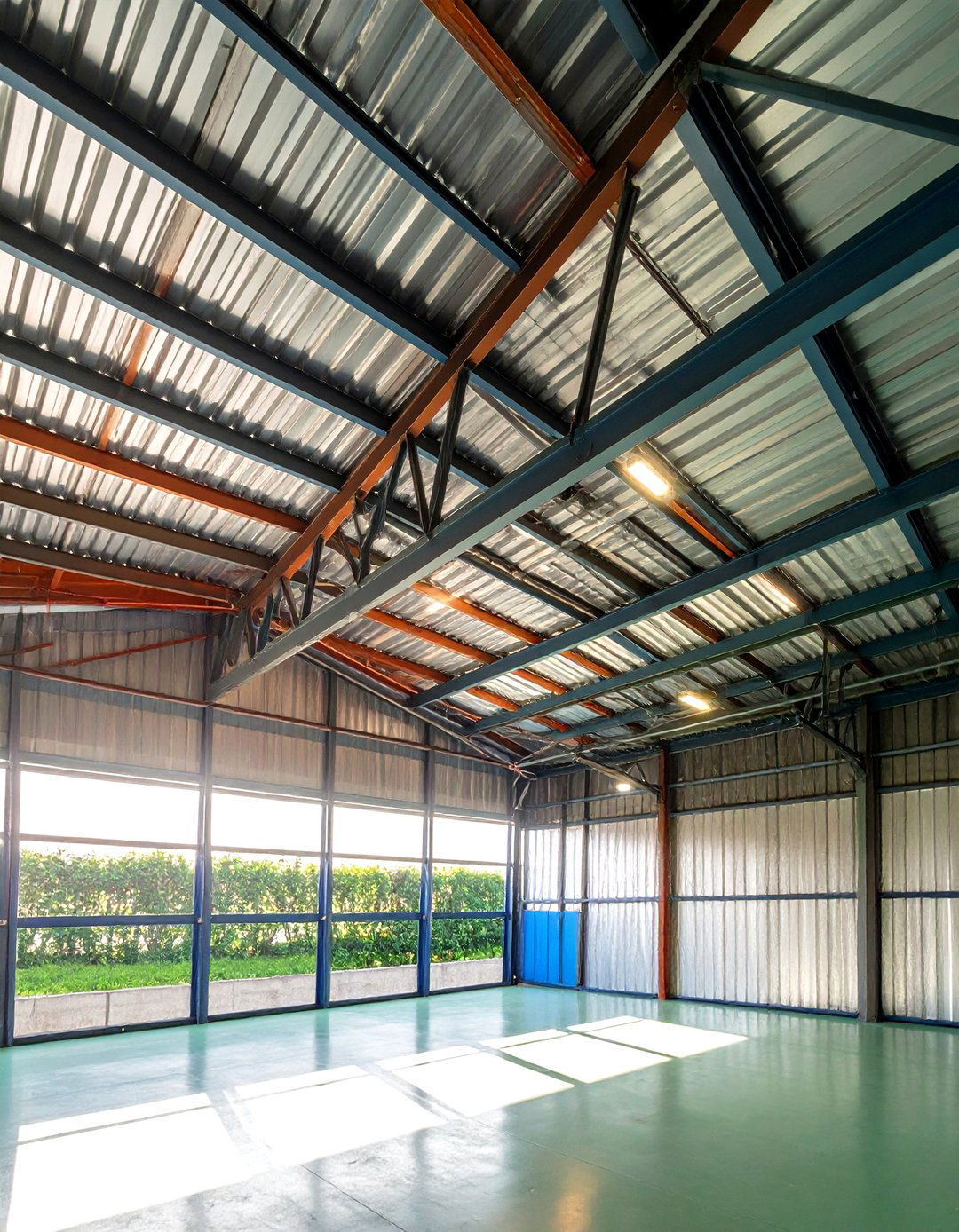
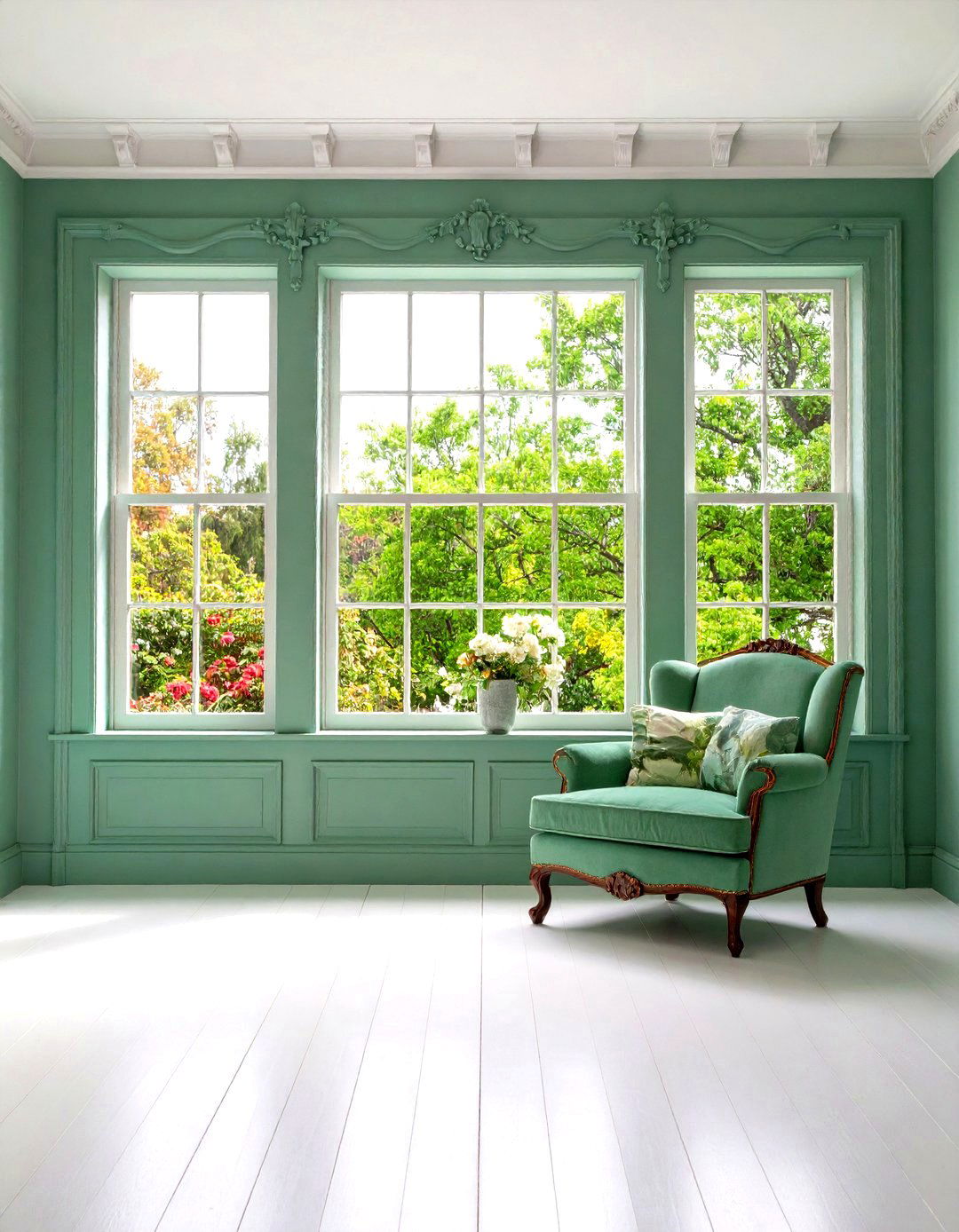


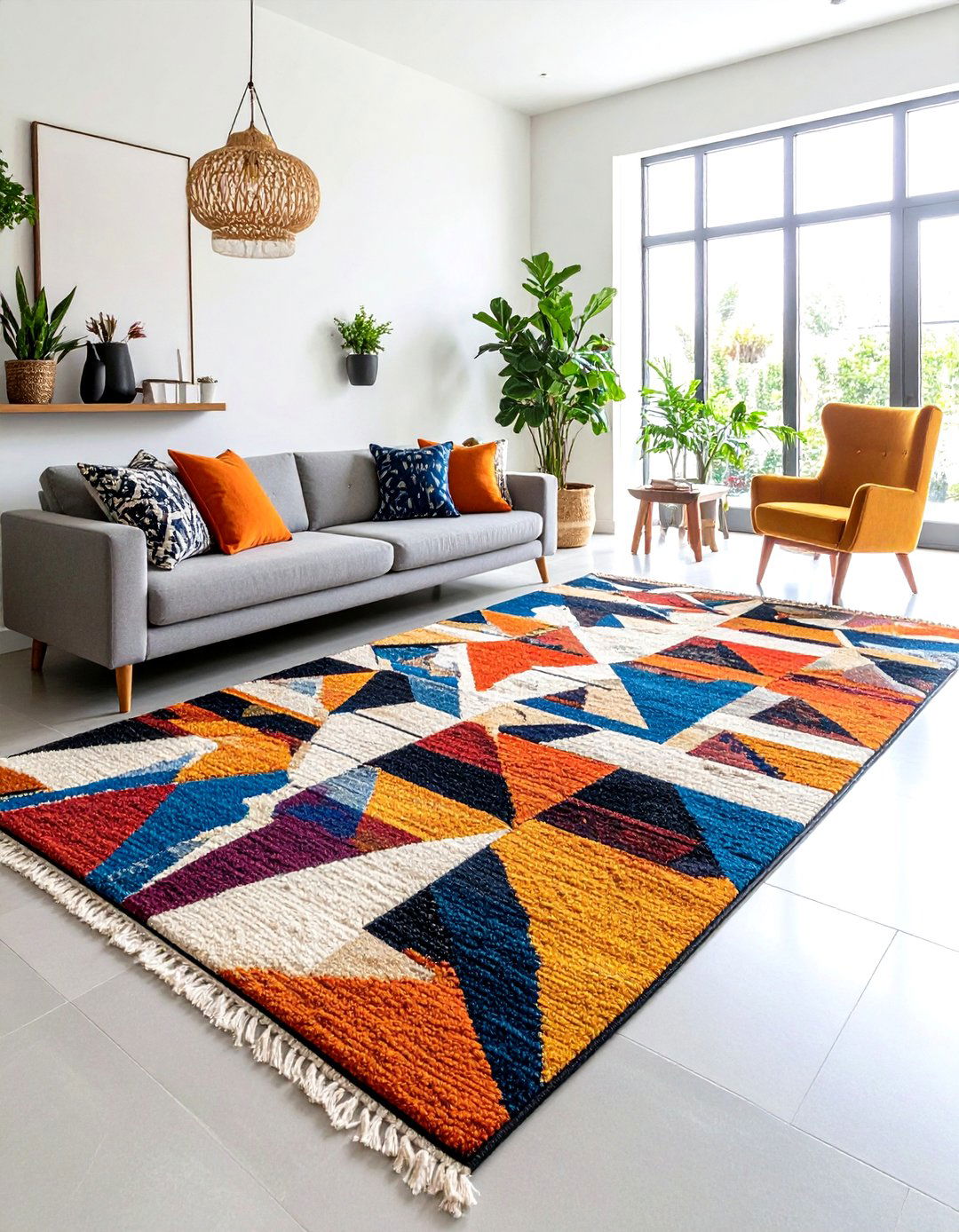
Leave a Reply